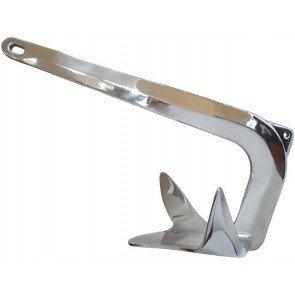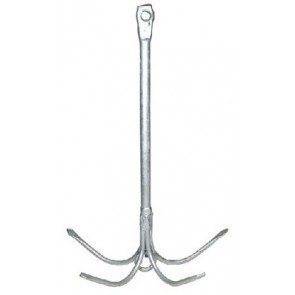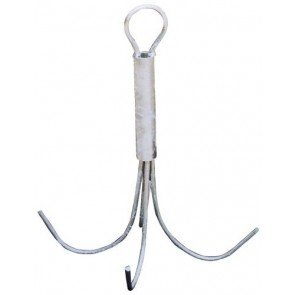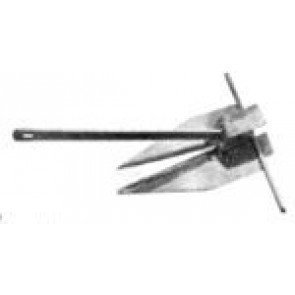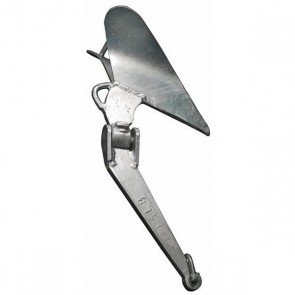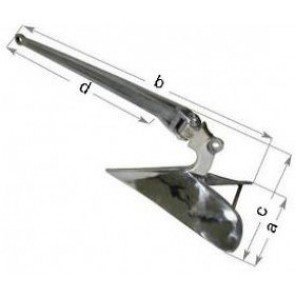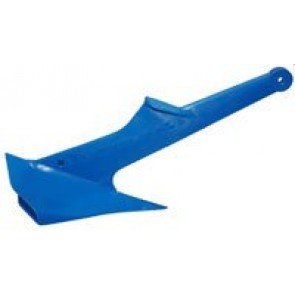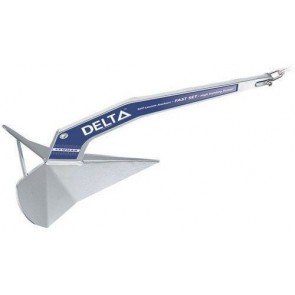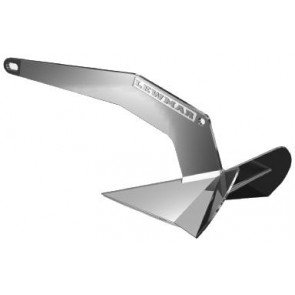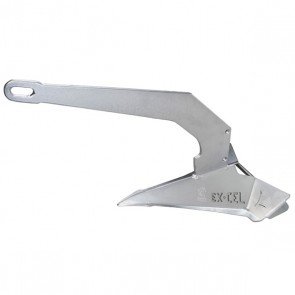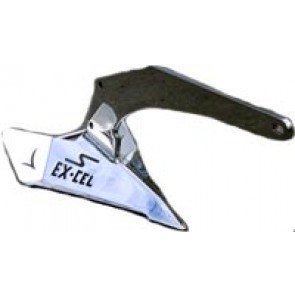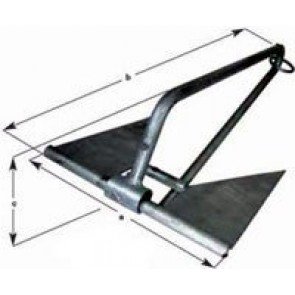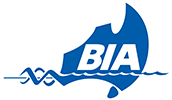How do I pick the right anchor?
When you are Mooring your vessel or tying it up in a particular place, you need to determine the location, how to drop the Anchor, laying out the Rope and chain and assessing where the vessel will end up.
Although every situation can be different, determining a suitable location, surveying your surrounds and being mindful of prevailing winds, Tide and other vessels, are always important factors when dropping Anchor.
Once you have determined a good location, approach the area from down wind or down Current. As you arrive, stop the vessel and quickly lower the Anchor, creating a relatively straight lie for the Rope or chain.
For letting out the Rope or chain, if in generally smooth water, let out a minimum of three times the depth of water to set the Anchor and between five and seven times the depth if you''re staying at Anchor. Put the vessel >Astern to help set the Anchor and indicate if dragging. If it continues to Drag then the Anchor will have to be pulled in and reset, or an alternate location found.
There are five main types of Anchor to choose from depending on where you will be mooring:
- Sand Anchor - the most popular as it is suitable for use in mud or sand and usually fitted with a retrieval eye for ease of removal if it gets snagged. It also stows flat and is generally hot dipped in galvanising for longevity.
- Reef Anchor - for temporary reef anchoring, if snagged, the prongs are designed to straighten with the retrieval load. Should not be left unattended, also finished in galvanising.
- Plough Anchor - also ideal for mud or sand, suitable for heavier vessels and also fitted with a retrieval eye and finished in galvanising. Its lead filled tips assists in setting the Anchor.
- Hybrid Anchor - new and improved shaping and materials will reduce weight and increase durability to overall extend performance and Anchor capabilities. Such as the Lawmar Delta Self Launching Galvanised Anchor
- Self Aligning Anchor - suited to sand and mud, these anchors roll upright, irrespective of initial drop altitude within two shank lengths of engaging the seabed. Holding power achieved by the efficient >Fluke and shank design. Easy to retrieve and also finished in galvanising.
Once you have decided which Anchor is best suited to your needs, you then need to know whether the best results will be achieved by using a Rope or chain to secure it.
- Anchor Rope - useful for its elastic ability which also acts as a shock absorber, as well as being relatively light weight. Common types include three strand ''silver'', three strand nylon and three strand polyester. Though now there are also eight and sixteen strand options which are often used for their non-kink characteristics.
- Chain - provides the advantage of its weight and the fact that it won''t chafe over aggressive sea beds. It gives the perfect horizontal pull to the Anchor and best holding. In moderate winds the chain can absorb any shock but in strong wind it can become tight, providing the opposite. Stainless Steel is used for day anchoring with great resistance against water corrosion, while galvanised chain offers a high degree of weather protection, recommended for industrial or commercial use where weather protection is of up most importance.
With a great Range of anchors, ropes and chains on offer, when you find the right one for your needs, you can have confidence in staying moored where you want to be.
For more information on anchors and Mooring, please contact CH Smith Marine in store or online.
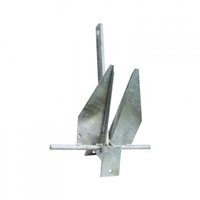
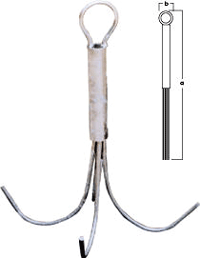
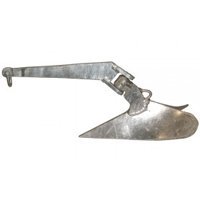
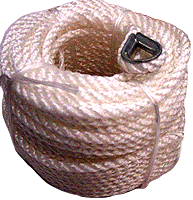
Related Products
-
Bruce Self Aligning Claw Anchor - Stainless
-
Anchor - Folding
-
Anchor - Grapnel
-
Anchor - Reef
-
Anchor - Sand
-
Anchors - Plough
-
Anchors - Plough Stainless Steel
-
Cooper Anchors
-
Lewmar Delta Self-Launching Anchors
-
Lewmar DTX Stainless Steel Anchors
-
Sarca Classic Galvanised Anchors
-
Sarca Excel Galvanised Anchors
-
Sarca Excel Stainless Steel Anchors
-
Slip Ring Sand Anchor

